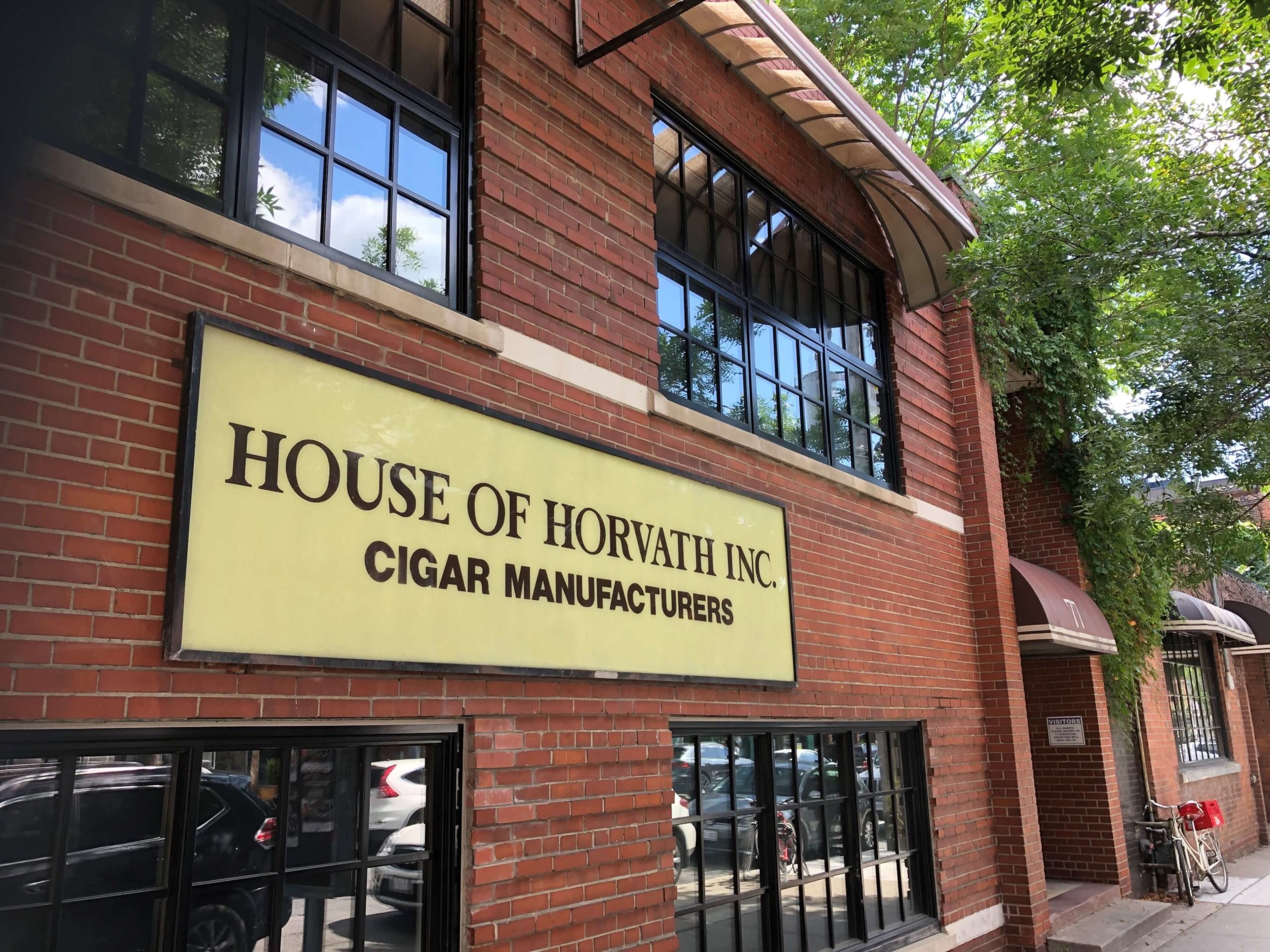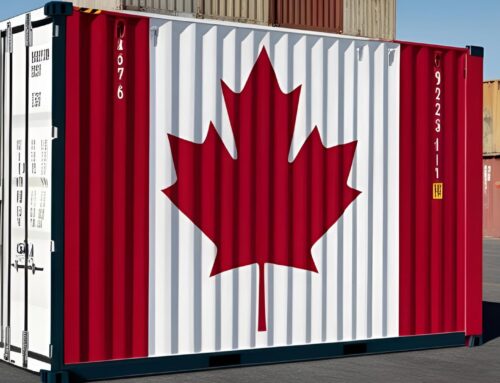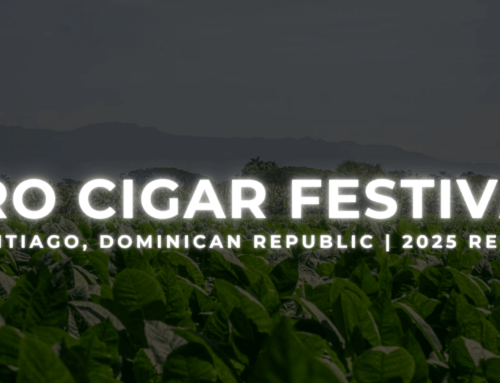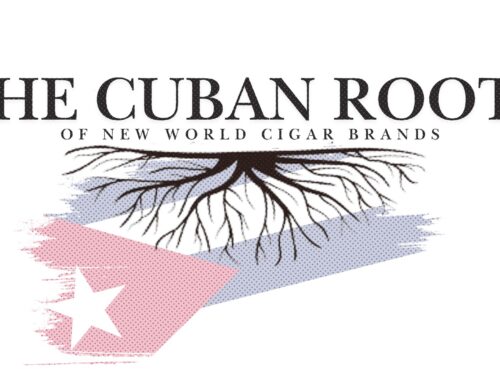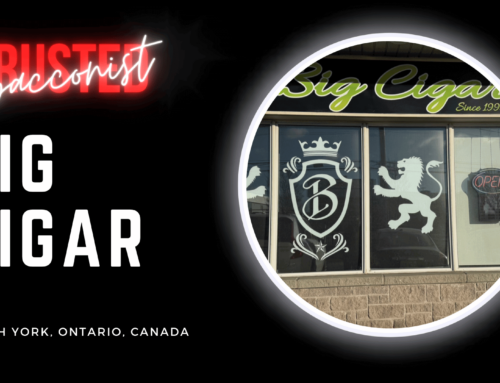Known as ‘Canada’s Cigar Company’, House of Horvath has a long and storied history of making tobacco products in Canada. The following piece outlines the history of the Horvath family and their impact on the Canadian Tobacco industry.
New Beginnings (1927)
Born in Transylvania, Joseph Horvath Sr. emigrated to Canada from what was then known as The Kingdom of Hungary at the age of 18 in 1927. After arrival, he found work in the building of the Welland Canal, a pivotal ship canal that connected Lake Ontario and Lake Erie that drastically changed the shipping landscape in Canada and the United States.
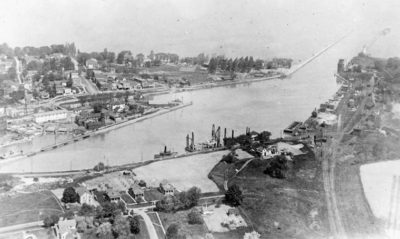
The Welland Canal at Port Colborne, Ontario
As it was during the time of the Great Depression, tobacco was quite scarce, but Joe had good connections and would quickly make the leap to earning a living in the Canadian tobacco industry.
The Blue King Tobaccos Store (1929)
After relocating to Toronto, Joe Sr. decided to open a cigar store called Blue King Tobaccos Store. Here Joe Sr. sold products produced by Imperial, Benson and Hedges, Macdonald Tobacco and others. It was here that he also began to produce his own pipe tobacco and fine cut tobacco blends to sell in his store. Joe Sr. sourced and purchased tobacco from fellow Hungarian friends of his who were farmers in Delhi and Simcoe Ontario, and then began assembling both rough (pipe) and fine cut tobacco products in the small garage behind his store.
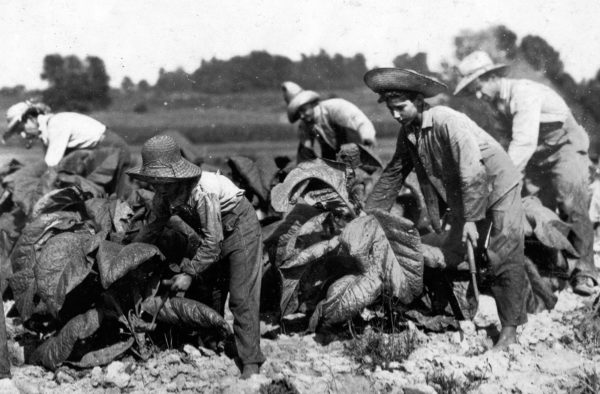
Ontario tobacco farmers chop Burley tobacco leaf in the 1930s
Within a short period of time, his tobacco products were selling very well and he decided to hire a Cuban immigrant to do his rolling. Shortly afterwards he hired a second Cuban worker. Within a couple of years, sales of his ‘homemade’ products accounted for more than half of his total sales.
This encouraged him to become a full-fledged manufacturer.
The Ontario Tobacco Company (1932)
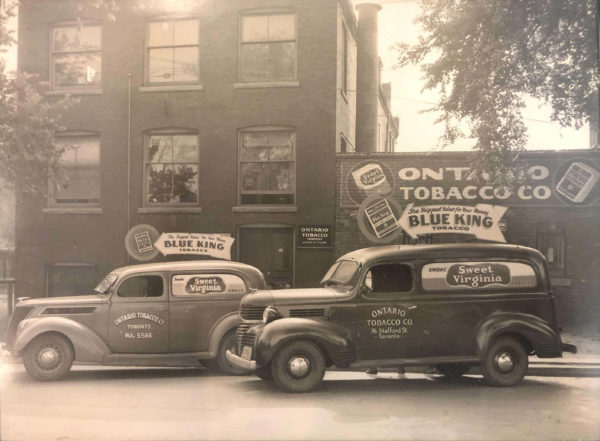
The facade of the Ontario Tobacco co. factory
In 1932 Joe Sr. bought a small factory on 76 Stafford St. in Toronto and founded the Ontario Tobacco Company Ltd., producing pipe and fine tobacco as well as rolling handmade cigars, which he sold to other independent cigar stores.
One day a salesman from the US showed up who was trying to sell two cigar rolling machines from Sweden that had been ordered for a customer who had changed his mind after ordering them. Joe agreed to purchase them at the reduced cost and the salesman promised to stay in Toronto for a few days afterwards to show them how to operate the machines.
A few years later, Joe Sr. travelled to Sweden to buy two more of the same machines.
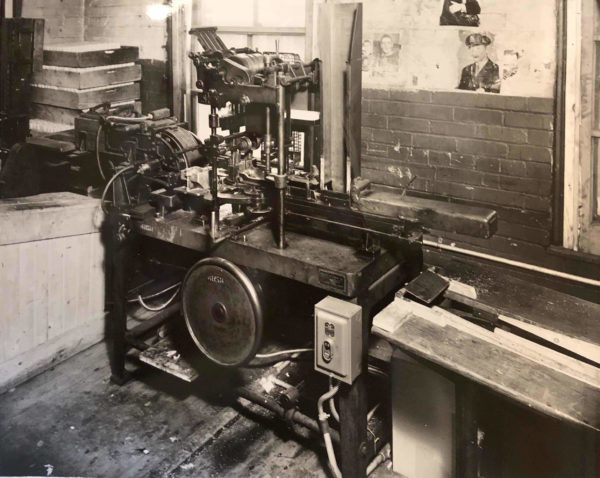
A cigar rolling machine used at the Stafford St. location
Soon the factory was becoming too small for the volume of production, so Joe Sr. purchased the adjacent house next door as well as the garage behind it. He demolished the house and used the land to build on to the factory, in addition to building a new level on top and outfitting the garage for factory use.
Cigar Innovations (1950’s, 1960’s)
Joe Sr. had 2 big innovations that really helped send business skyrocketing.
His first big idea was flavouring cigars with wine and rum. The second innovation was adding a plastic tip, making him the first in the world to affix a plastic cigar holder on each cigar (the tips were purchased from a plastic moulding factory that was conveniently located next door).
Incorporating both technologies, he created a cigar he called Topper, Wine and Rum Soaked Perfectos. Being the first of its kind, it quickly took off.
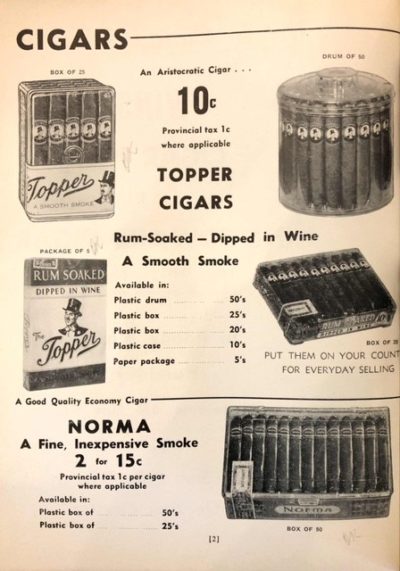
A vintage product catalogue displays Topper and Norma cigars
The market leader at the time, Imperial Tobacco, quickly took note and created a similar offering: Old Port Wine Flavoured, Rum Dipped Panetelas. Today, many people know Old Port cigars, but few know that it was Joe Horvath Sr. that originally spearheaded the concept.
Soon, Joe Sr. purchased the exclusive Canadian trademark for King Edward Cigars. By the 1950’s, Kind Edward was a huge mass market success – enough so that the Ontario Tobacco Company had to run 3 shifts to keep up with demand. Once again, Imperial Tobacco, followed suit, producing the second cigar with a holder, they called Lord Tennyson.
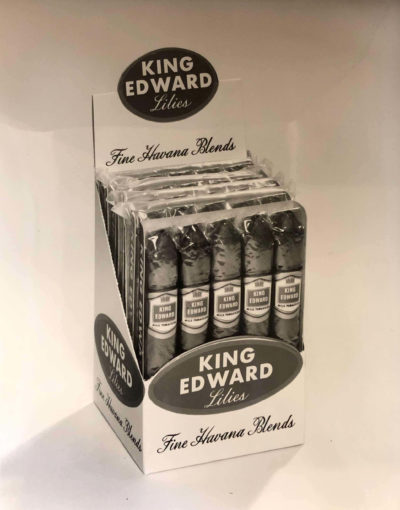
King Edward Cigars
Joe Sr. called his cigar brands Norma, Budgie and Topper, among others.
Business was booming.
The MacDonald Tobacco Company (1969)
With the success of King Edward came competitors, including Swisher International, offering to acquire his company. Swisher owned the King Edward trademark in the U.S. (as well as other countries).
Around the same time, Joe’s Sr. son, Joseph Horvath Jr. joined the company after having graduated from high school and then apprenticing at the Swisher factory in Jacksonville Florida.
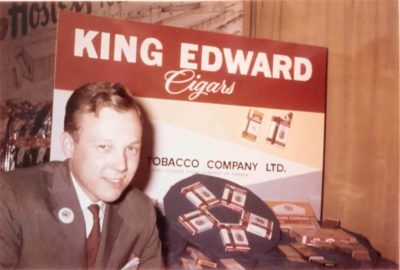
Joeseph Horvath Jr. with a King Edward display
Selling the company to Swisher was not to be for Joe Sr. However, he wanted to ensure that if he were to sell, each of his employees, as well as his family members who had been working with him, could have a job at the new company.
In 1969, Joe Sr. sold to a large cigarette manufacturer, Macdonald Tobacco Inc. (now JTI-Macdonald Corp.), who had become well known for Export A cigarettes. They called the newly formed business Macdonald Ontario Tobacco Co. Ltd., with Joe Sr. as President, Joe Jr. as V.P., and Leslie Albert Sr. (an engineer who had married Joe’s Sr.’s daughter), it’s Chief Engineer. Previously, Leslie Albert Sr. was working as an engineer at a plastic injection moulding company, but was soon convinced by Joe to leave to work in tobacco and cigars as he was mechanically inclined to oversee the mechanized ongoings of the company.
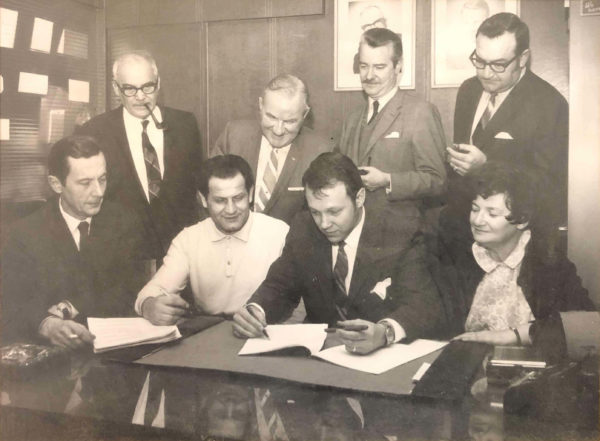
Joe Jr. signs the document of sale to The MacDonald Company. Joe Sr. (back row on the left with a pipe) watches the procedure
The plant was soon relocated to a new location in Toronto on Sunrise Avenue in a building that was extended to 120, 000 sq. ft. to accommodate production.
Sadly, three years later Joe Horvath Sr. passed away, and in 1975 Macdonald Ontario Tobacco was sold to RJR Reynolds, who then moved the company to Montreal, Quebec, Canada.
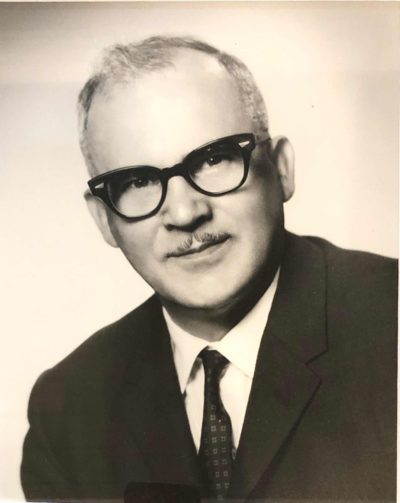
The man to start it all: Joseph Horvath Sr.
House Of Horvath Established (1977)
In 1977, Joe Jr. and Leslie Albert Sr. founded ‘House Of Horvath’, naming the new company in honour of Joe Sr. – “the real entrepreneur” as Joe Jr. would say.
They set up shop in Toronto on Ossington Avenue (relatively close to the original factory), bought 6 cigar-making machines, hired back many of the production staff from both Ontario Tobacco Company and Macdonald-Ontario, and began anew.
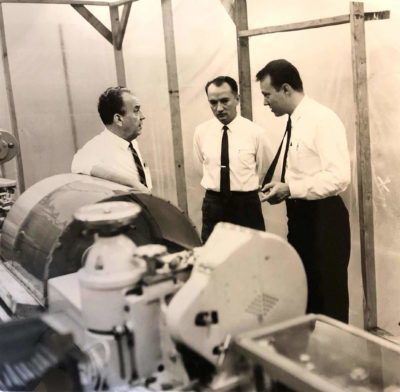
Joe. Jr. talks shop with associates on the factory floor
Both founders knew they wanted something that would separate their company from the rest of the Canadian market. Their vision was to bring Canadians a cigar that was rare, unique and affordable. So, when it came time to launch their flagship brand, Bances, they decided to make it with Cuban tobacco.
For about 35 years following the Cuban tobacco embargo, Canada was one of only two countries allowed to manufacture a Cuban cigar outside of Cuba.
Fortunately, Joe Jr. had great relationships with several tobacco growers. Joe Jr. bought his Cuban tobacco from Heller Meerapfel (a Belgium-based supplier of wrapper tobacco to Fuente, La Aurora and many others) and obtained the rights for the name Bances from his friend Frank Llaneza of Villazon (maker of U.S. Punch, Bolivar, Partagas and Hoya).
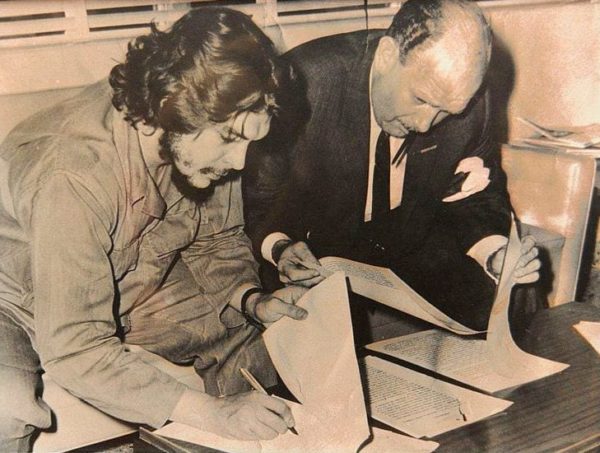
Heller Meerapfel (right) signs documents with then Cuban Minister of Industries, Ché Guevara
In buying quality ‘seco’ Cuban tobacco from Meerapfel in 200lbs cartons for Bances, they first began making corona-sized cigars and were soon selling to venerable establishments like The Hudson’s Bay Company .
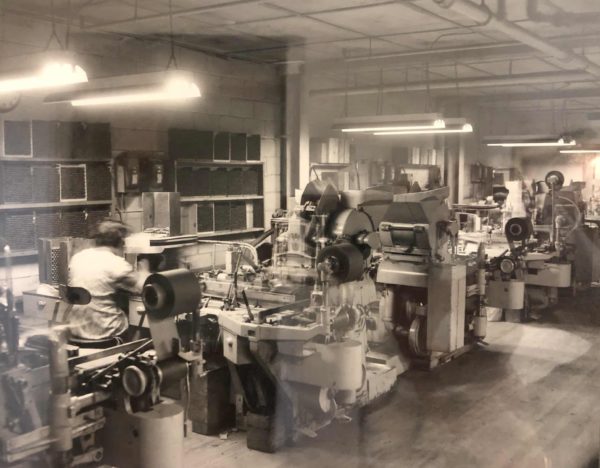
The factory floor at 77 Ossington
A Boom On the Horizon (1980s, 1990s)
Among the first cigars that House Of Horvath made for the international market was the Selecion Privada. Joe Horvath Jr., with the help of his close friend Manuel Quesada (the original Cuban owner and maker of Fonseca and Casa Magna) created Selecion Privada in the 1980’s. During this time tobacco was being imported though Frank Llaneza.
It is well known that the 1990s experienced a cigar boom that was largely triggered by the success of newly established Cigar Aficionado magazine. During this time House of Horvath began gaining notoriety not only as a cigar manufacturer, but also as a cigar distributor of some of the world’s biggest premium cigars. Well known brands from the Dominican Republic such as La Aurora and smaller sized cigars such as those made by Swisher International and Agio became big selling items for House Of Horvath.
In 1997 Leslie Albert retired from the company, which alongside Joe Jr., now included Joe Jr.’s daughter Cathy and her husband Colm O’Shea.
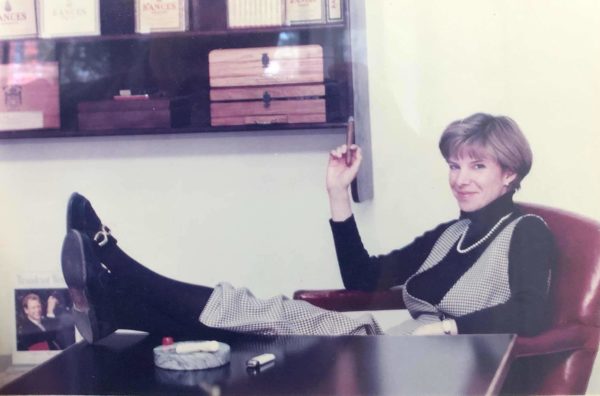
Cathy, daughter to Joe Jr., puts her feet up at work
During this period, House Of Horvath’s business as both manufacturer and distributor was going strong. Their factory process utilized pre-Castro-era cigar machines for a process that the company has always referred to as “machine-assisted”. Machine assistance is in reference to the factory team, who operate as skilled professionals who thoroughly understand tobacco and its properties to effectively handle tobacco and operate and maintain age-old cigar rolling machinery.
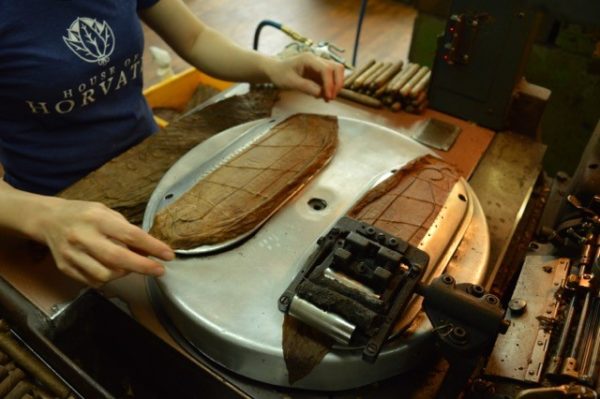
Wrapper leaf gets cut by a roller at House Of Horvath
The efforts of the factory team at House Of Horvath have produced popular cigars such as Bances and Bandi among others.
During this time, House Of Horvath successfully built the foundations of what would become long lasting relationships with many prominent figures within the tobacco industry such as, Nestor Placencia (Placencia), Manuel Quesada (Casa Magna), Frank Llaneza and Dan Blumental (Villazon), Lew Rothman (JR Cigars), Guillermo León (La Aurora), Richard ‘Dick’ Dimeola (Consolidated Cigar), Robert Franzblau (Thompson Cigar) and many, many more.
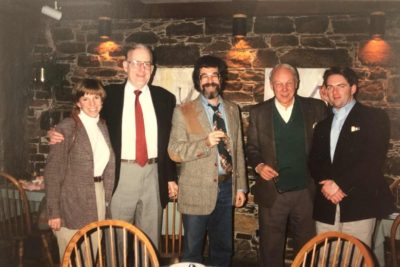
Horvath family members with Richard Carleton Hacker (center), author of The Ultimate Cigar Book
Canada’s Cigar Company (2000-)
Today, House of Horvath’s H Of H Bundles line of cigars are produced by Placencia in Honduras and La Aurora in the Dominican Republic, offering an unbeatable price for such a premium quality cigar. As for productions in their own factory, the Horvath team have perfected their hand-assisted method of cigar rolling on pre-Castro era machines to regularly create a selection of cigars that have become very popular with Canadian cigar lovers.
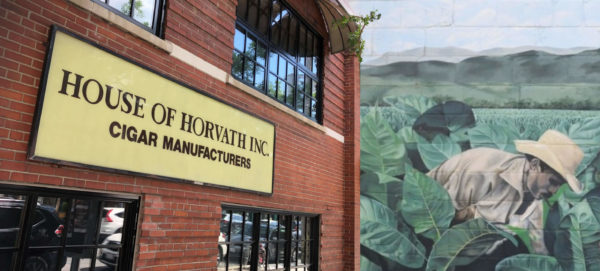
Over the years House Of Horvath has continued to grow and evolve despite a perpetual onslaught of regulatory changes to the Canadian tobacco industry as mandated by government sources. It has seen the little ‘Ossington Strip’ where it’s located in Toronto, transform and gentrify into becoming recognized as one of the “world’s hippest neighborhoods” as stated by Vogue Magazine.
Today, the House Of Horvath portfolio proudly boasts the biggest names in the premium sector of non-Cuban cigars. These include cigar powerhouses Arturo Fuente, Ashton, Oliva, E.P. Carrillo, My Father and more. It has been their mission to partner with other like-minded ‘family-oriented’ companies that share the same values, as from the outset it was Joe Horvath Sr’s mission to “build the business with care, with people who care”.
As House Of Horvath continues to grow into the 21st century, they make a strong commitment to incorporate and the utilize the modern media technologies that drive the industry forward. As always, they strive to continually be positioned at the forefront of the ever-evolving tobacco industry, while simultaneously paying homage to the people and the time-honored practices that have paved the way to get them to where they are today.
– Kurt Bradley
